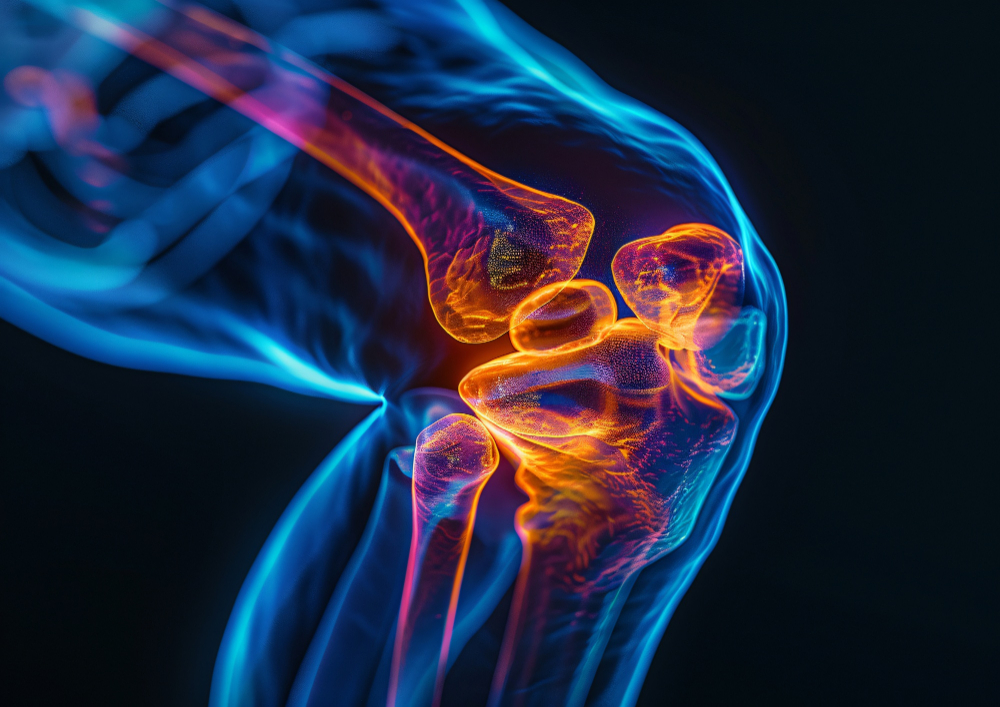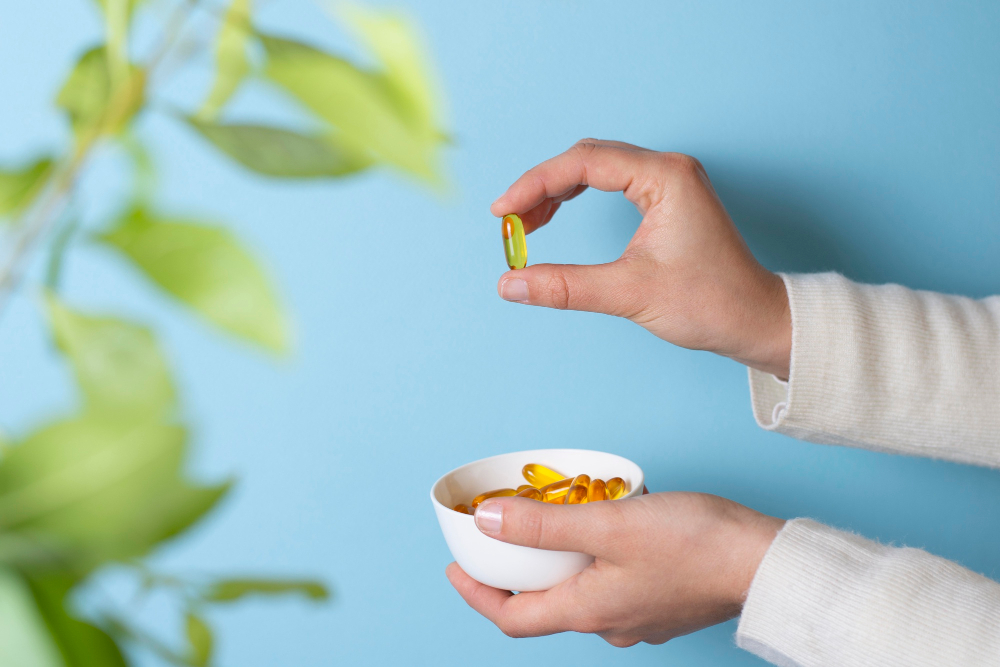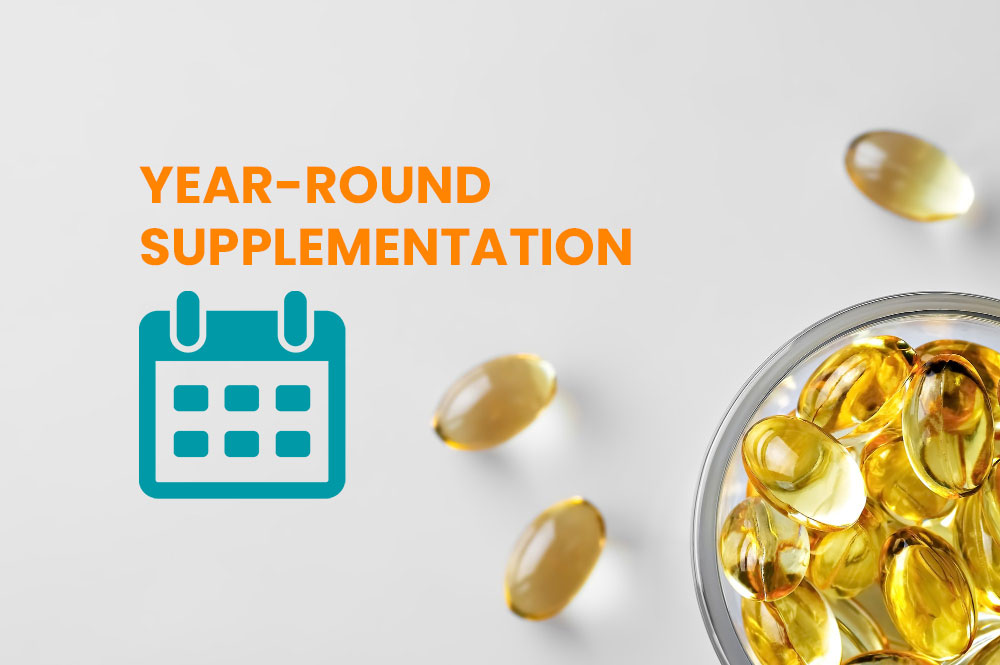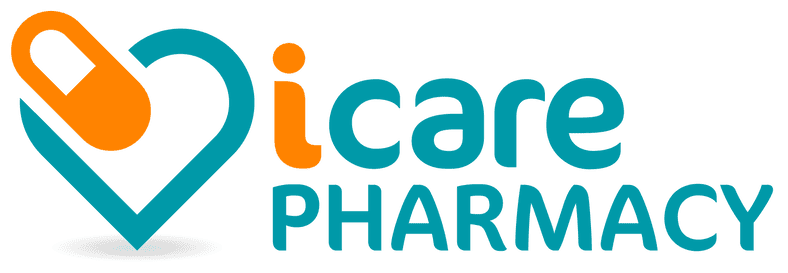The Sunshine Vitamin: What You Need to Know about Vitamin D
Vitamin D is commonly referred to as the “Sunshine Vitamin” because the human body synthesizes it when the skin is exposed to ultraviolet B (UVB) rays from sunlight (National Institutes of Health [NIH], 2023). This process is a natural and efficient way for the body to maintain adequate Vitamin D levels. However, during the winter months or in regions with limited sunlight, this natural synthesis may be insufficient.
Why Do We Need Vitamin D?
Vitamin D plays a vital role in calcium absorption, which is essential for maintaining strong bones and preventing fractures (Holick, 2007). In addition to supporting bone health, Vitamin D contributes to the normal functioning of the immune system and has been associated with reduced susceptibility to infections (Aranow, 2011). Deficiency in Vitamin D has also been linked to symptoms such as fatigue, muscle weakness, and mood disturbances, including depression (Michaëlsson et al., 2018).

How Can You Get More Vitamin D?
While sun exposure is the most effective way to produce Vitamin D, there are alternative methods for maintaining adequate levels, especially during periods of limited sunlight.
1. Eat Fatty Fish
Fatty fish such as salmon, mackerel, and sardines are among the richest dietary sources of Vitamin D (NIH, 2023). Incorporating these into your diet several times per week can help support optimal levels.

2. Take Vitamin D Supplements
When natural sunlight exposure is insufficient, Vitamin D supplements are a reliable and effective option. Both tablets and liquid drops can be used to maintain or correct low levels (Ross et al., 2011)

3. Consider Year-Round Supplementation
In areas with prolonged winters or minimal sunlight, health professionals often recommend year-round Vitamin D supplementation to prevent deficiencies and maintain bone and immune health (Holick, 2007).

The Bottom Line
Vitamin D is an essential nutrient that supports bone strength, immune function, and overall well-being. Although sunlight remains the most natural source, dietary sources and supplements are important alternatives—especially during months when sun exposure is limited. Ensuring sufficient Vitamin D intake is a simple yet impactful step toward better health throughout the year.
References
Aranow, C. (2011). Vitamin D and the immune system. Journal of Investigative Medicine, 59(6), 881–886. https://doi.org/10.2310/JIM.0b013e31821b8755
Holick, M. F. (2007). Vitamin D deficiency. New England Journal of Medicine, 357(3), 266–281. https://doi.org/10.1056/NEJMra070553
Michaëlsson, K., Baron, J. A., Snellman, G., Gedeborg, R., Byberg, L., Sundström, J., … & Melhus, H. (2018). Plasma vitamin D and mortality in older men: A community-based prospective cohort study. The American Journal of Clinical Nutrition, 108(3), 679–685. https://doi.org/10.1093/ajcn/nqy155
National Institutes of Health. (2023). Vitamin D: Fact sheet for health professionals. https://ods.od.nih.gov/factsheets/VitaminD-HealthProfessional/
Ross, A. C., Taylor, C. L., Yaktine, A. L., & Del Valle, H. B. (Eds.). (2011). Dietary reference intakes for calcium and vitamin D. National Academies Press. https://doi.org/10.17226/13050




